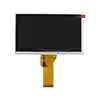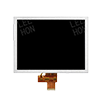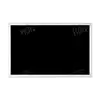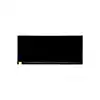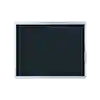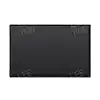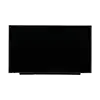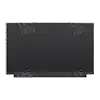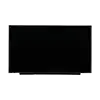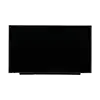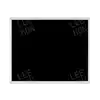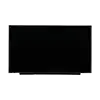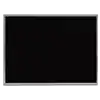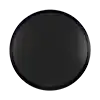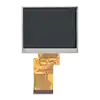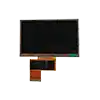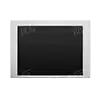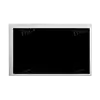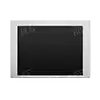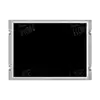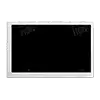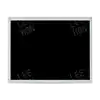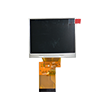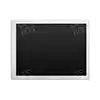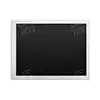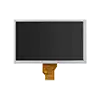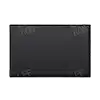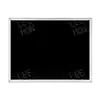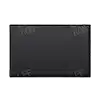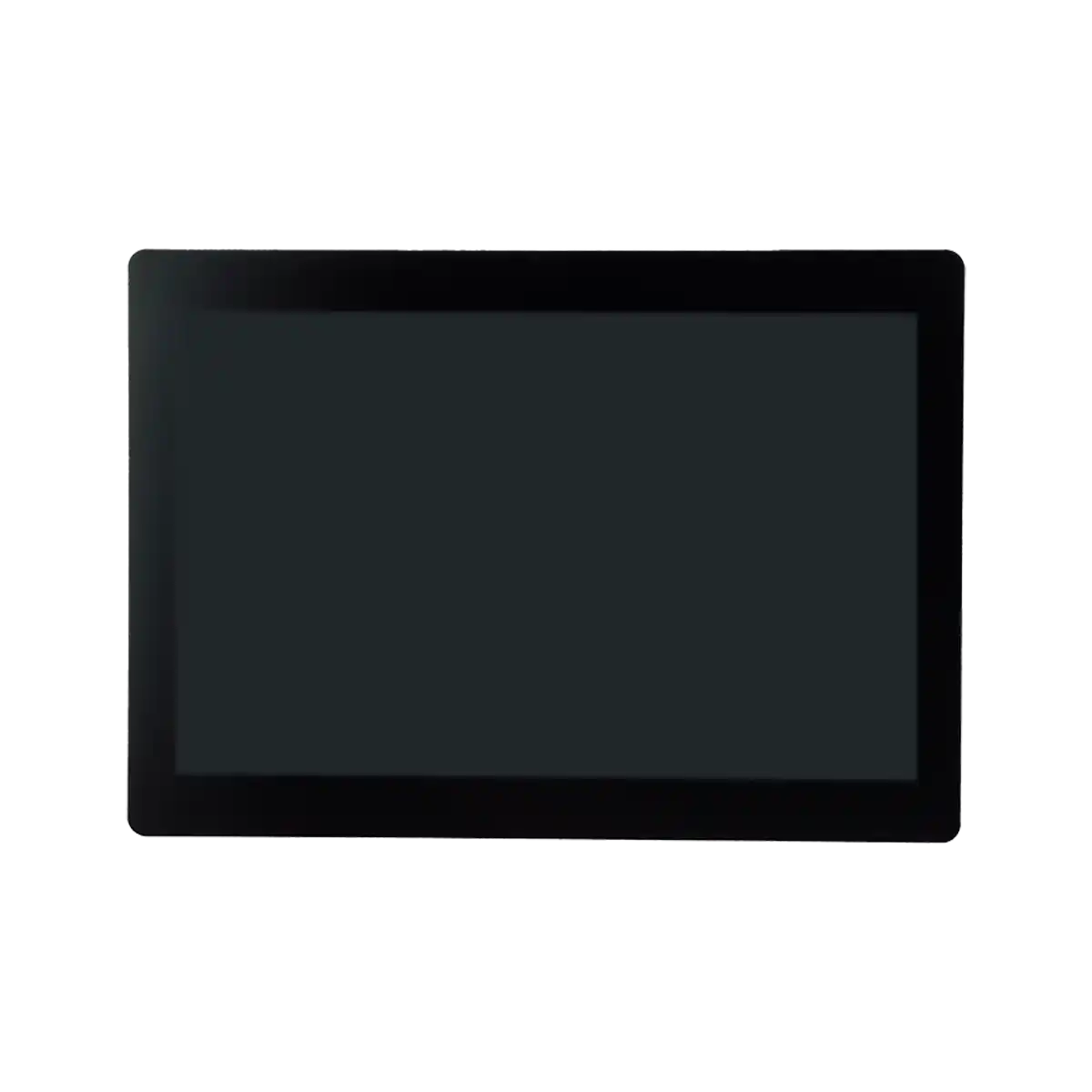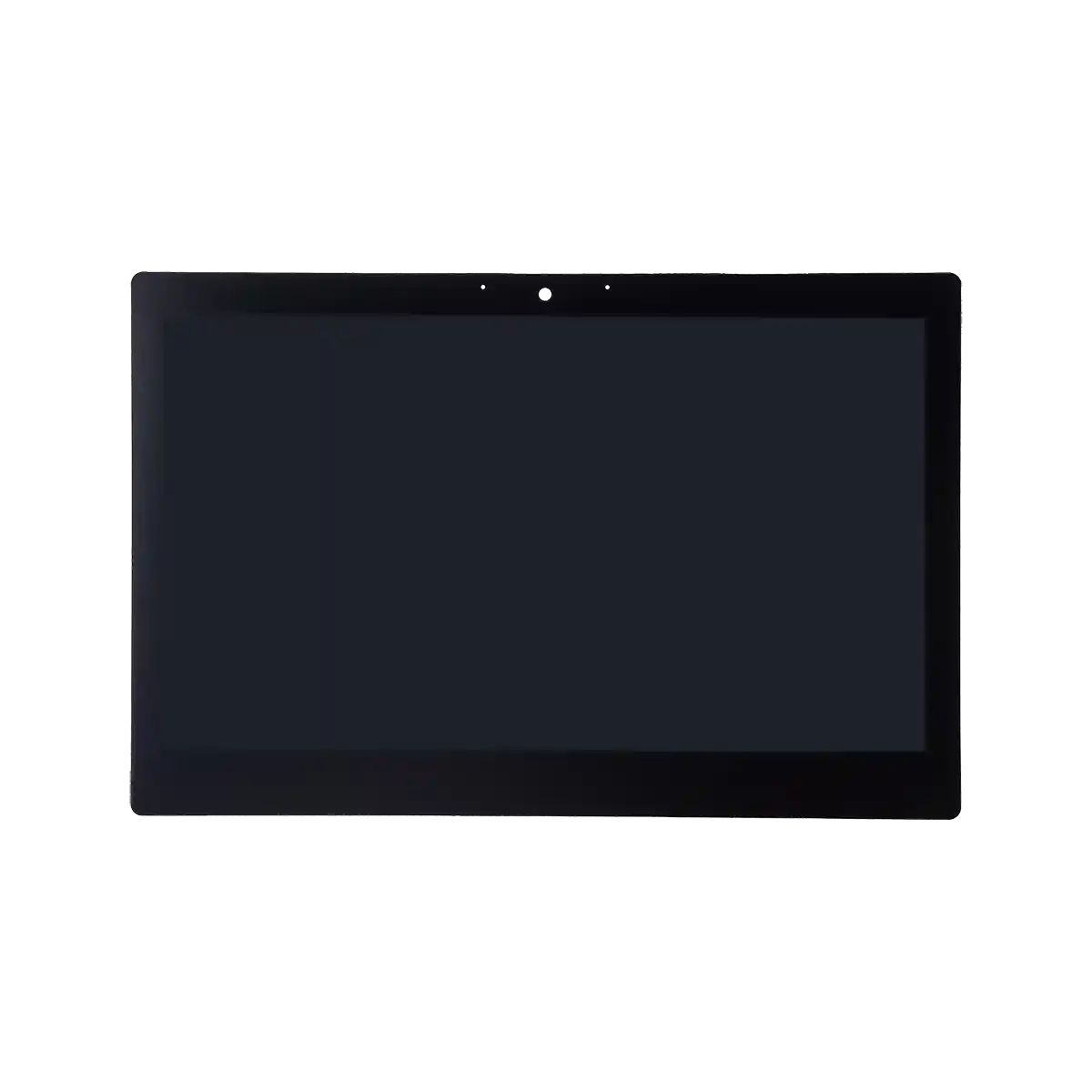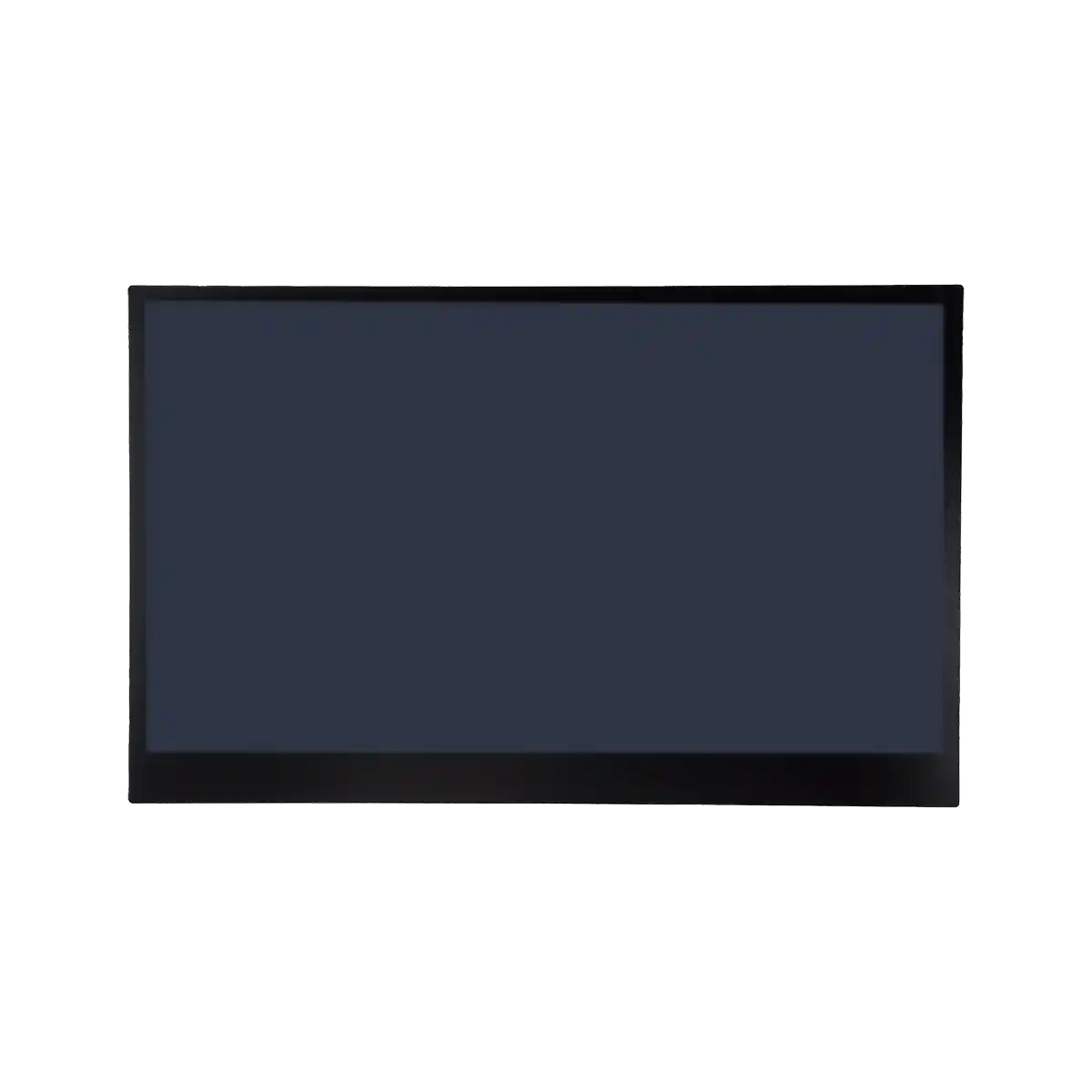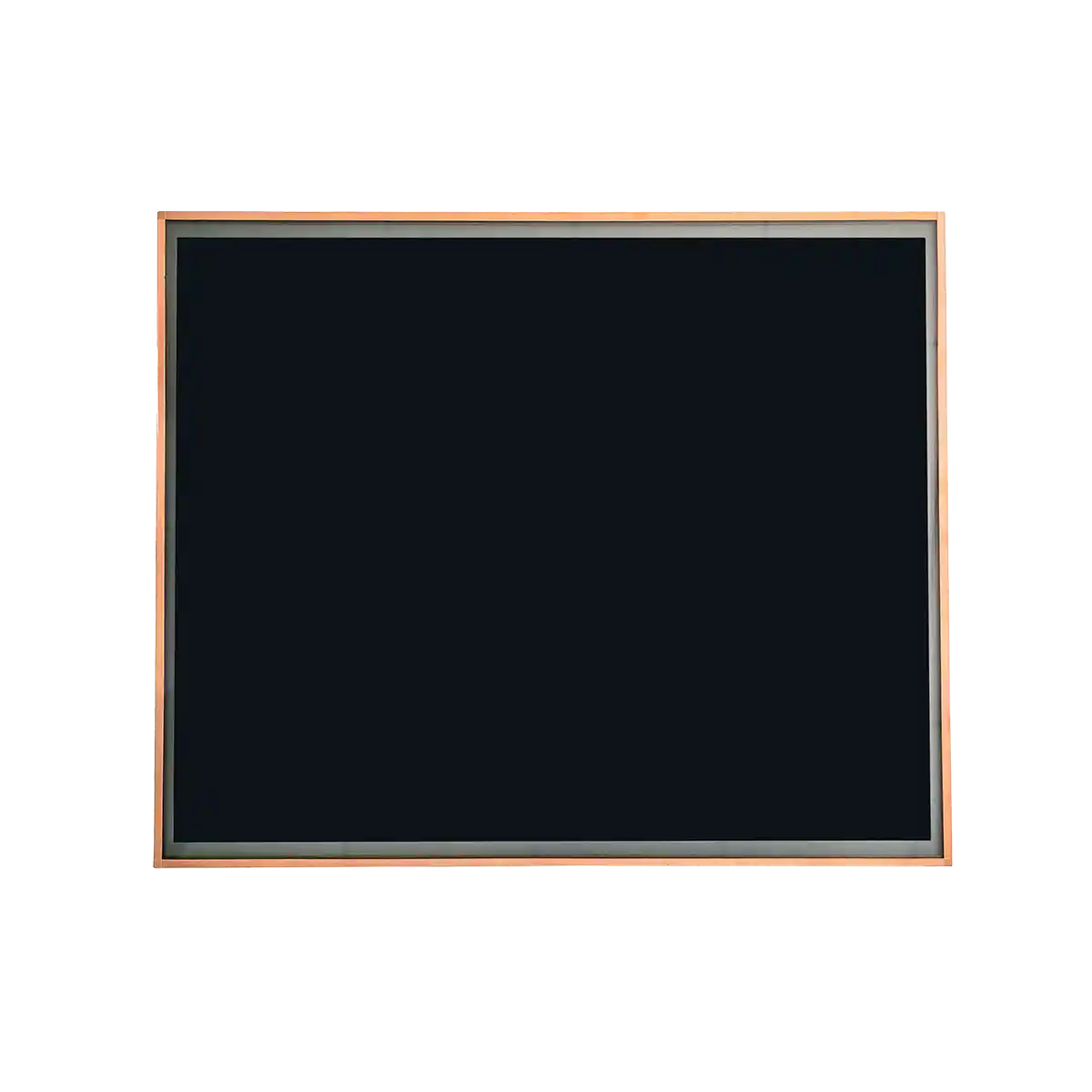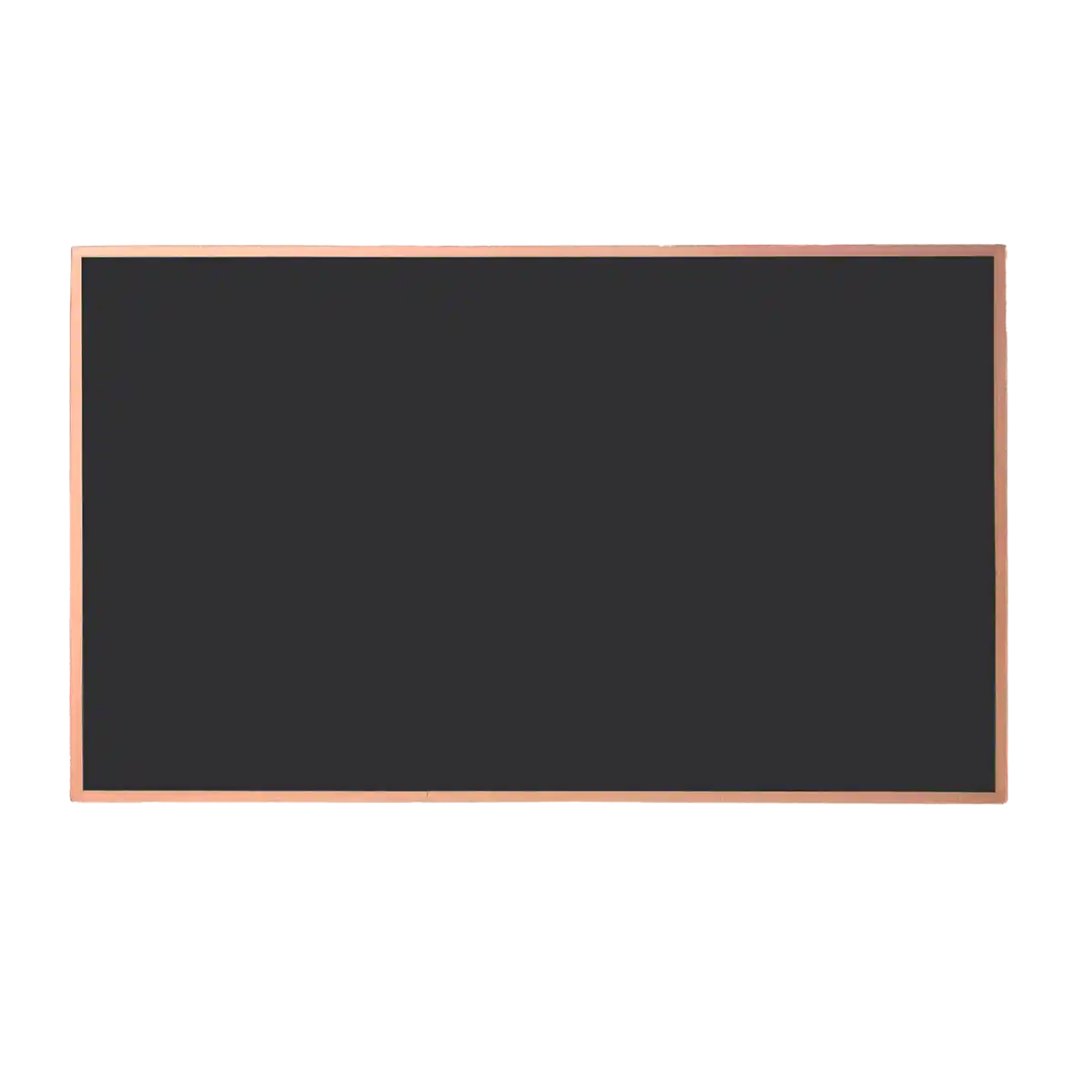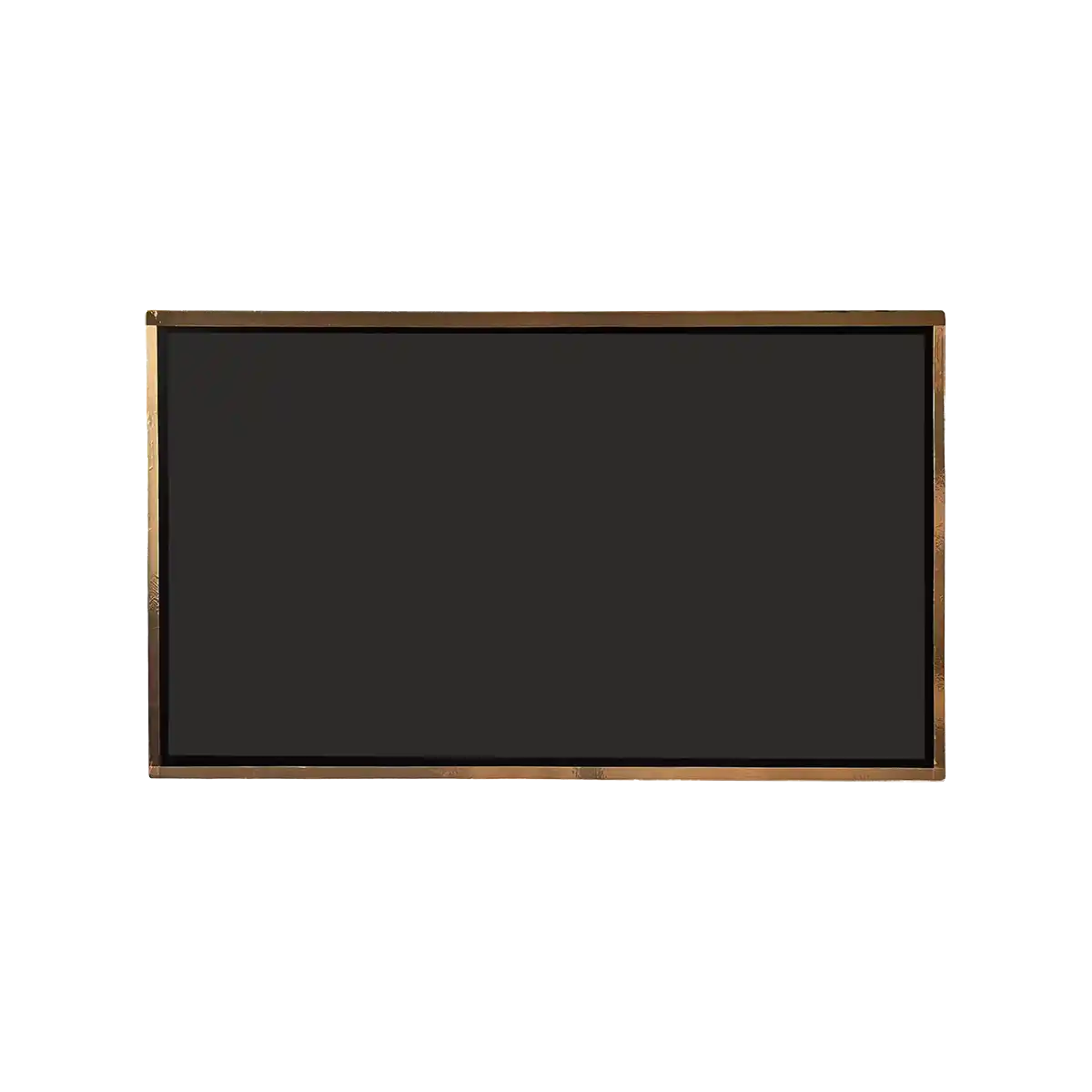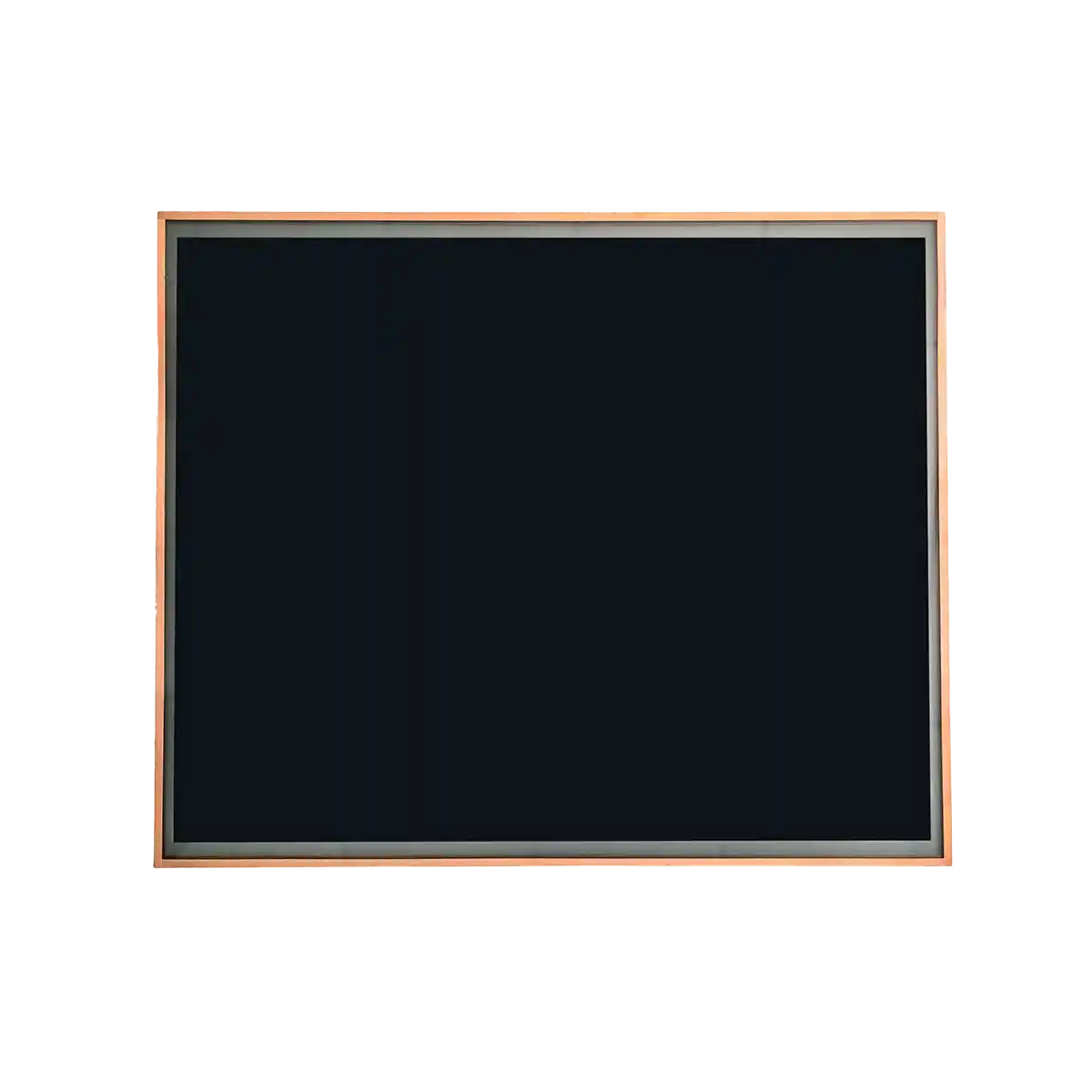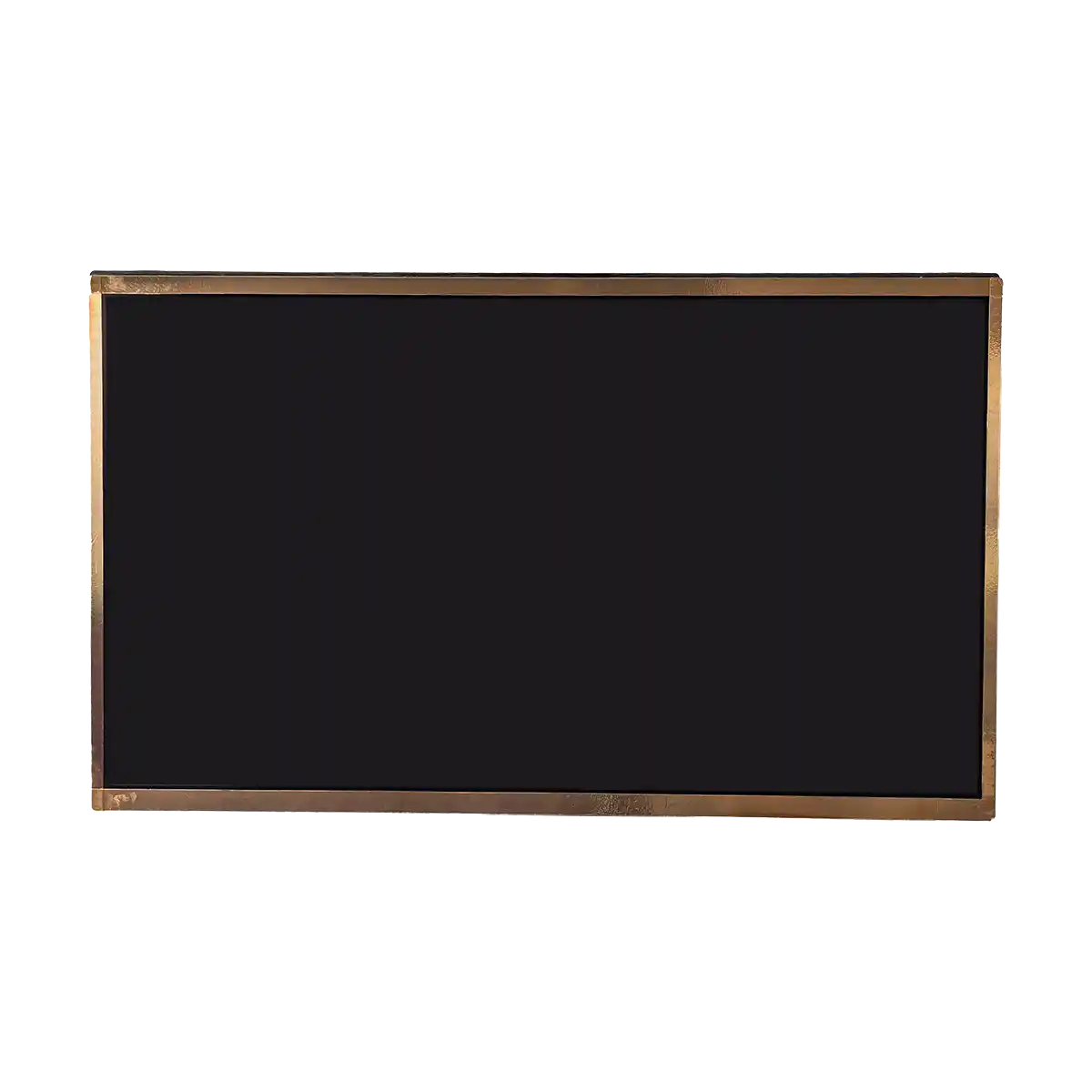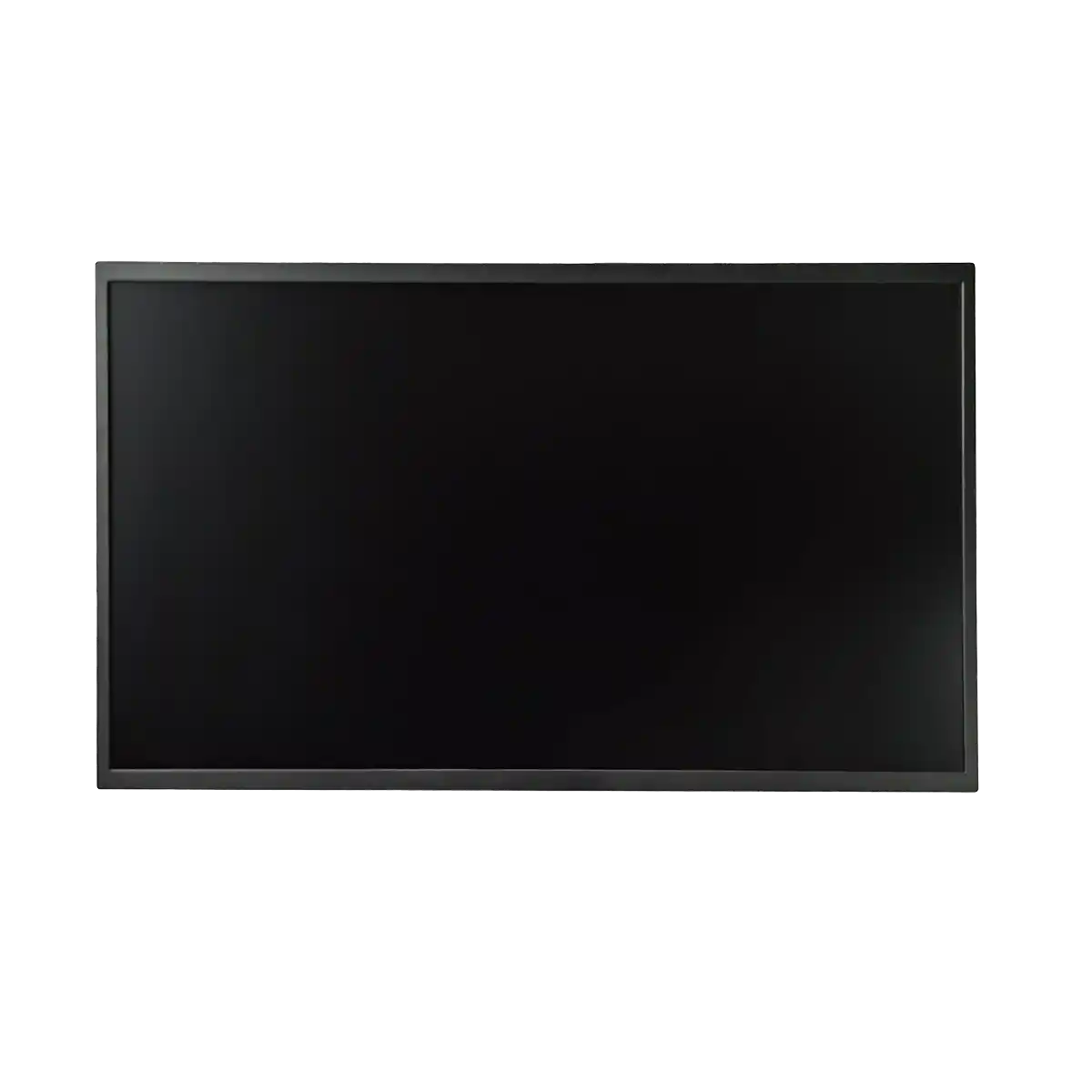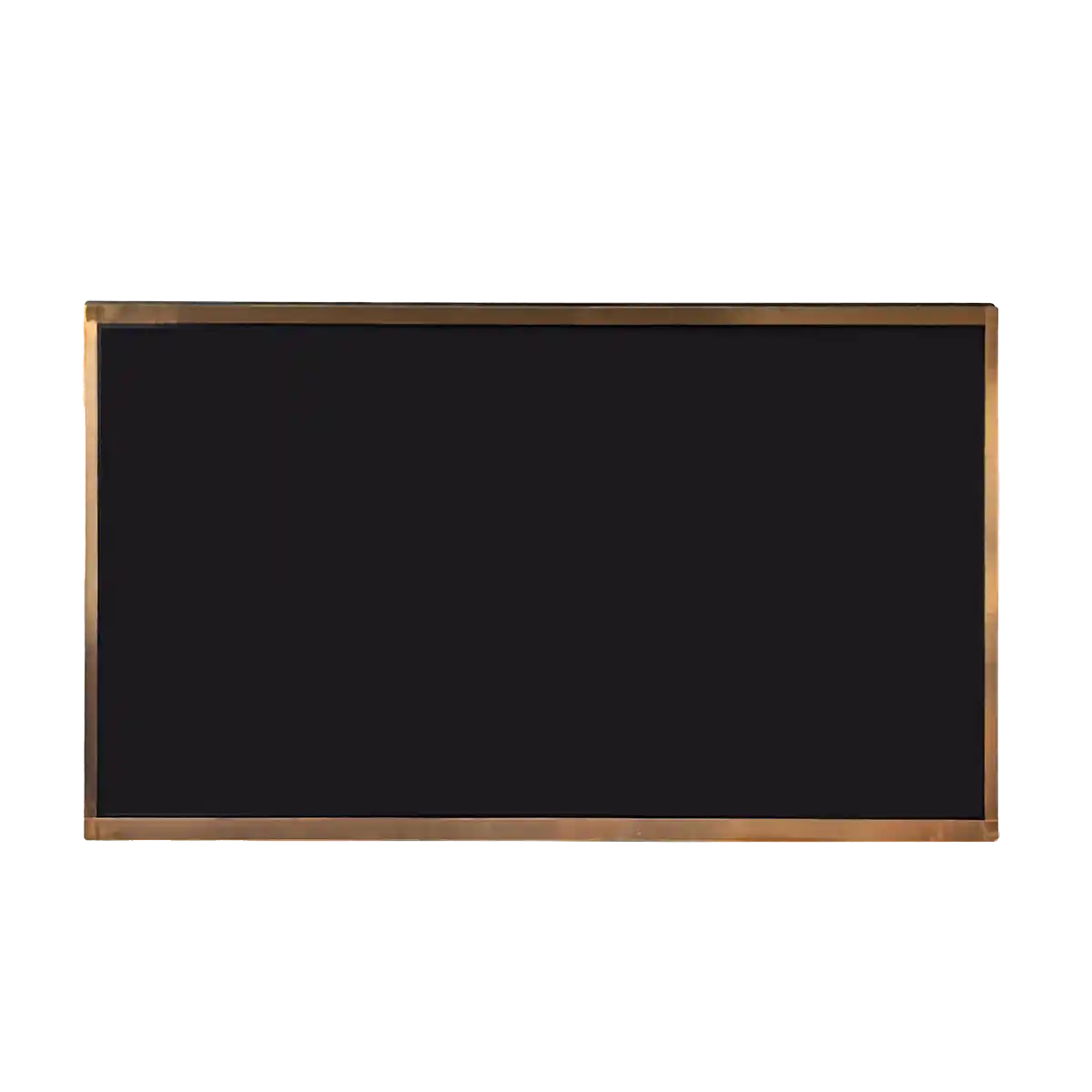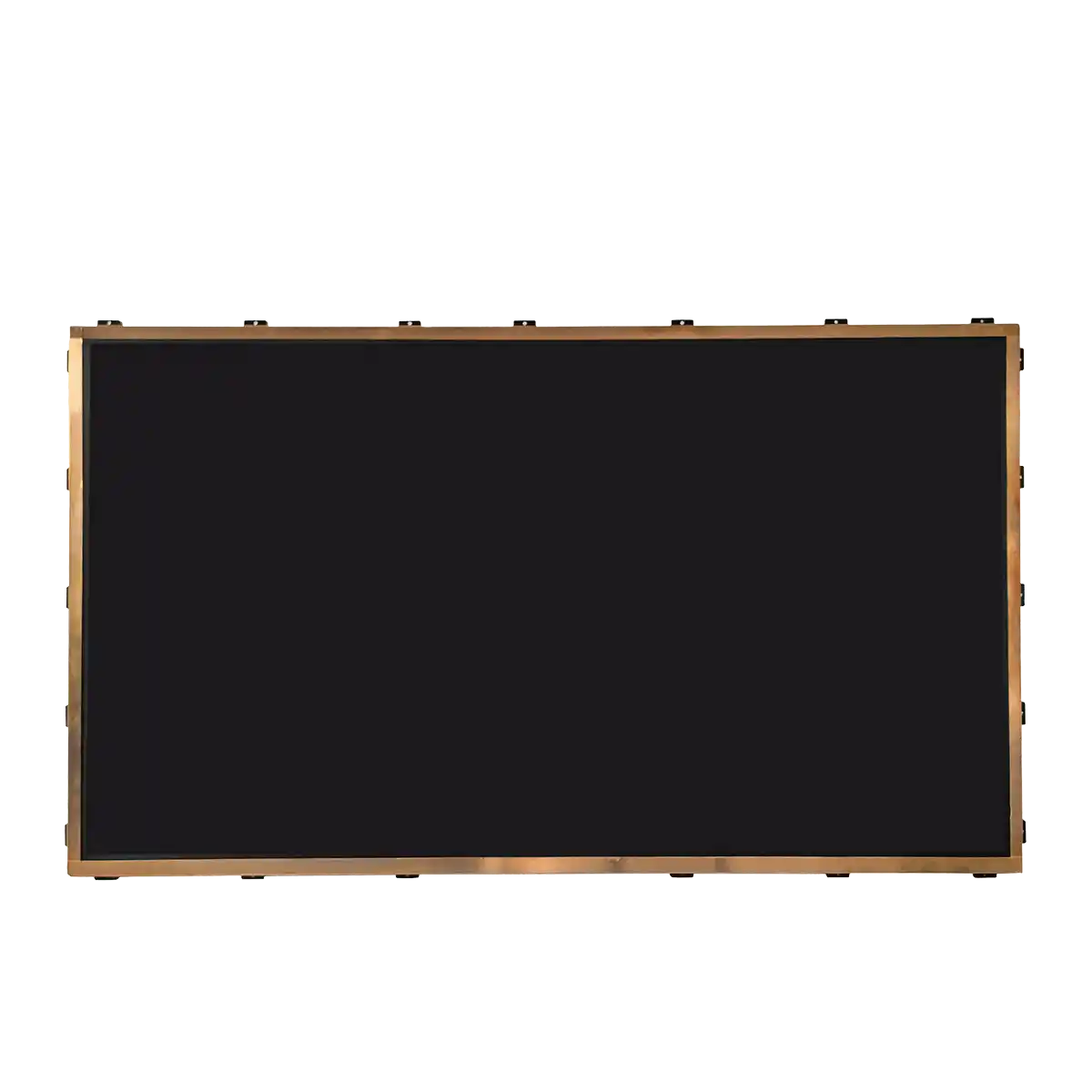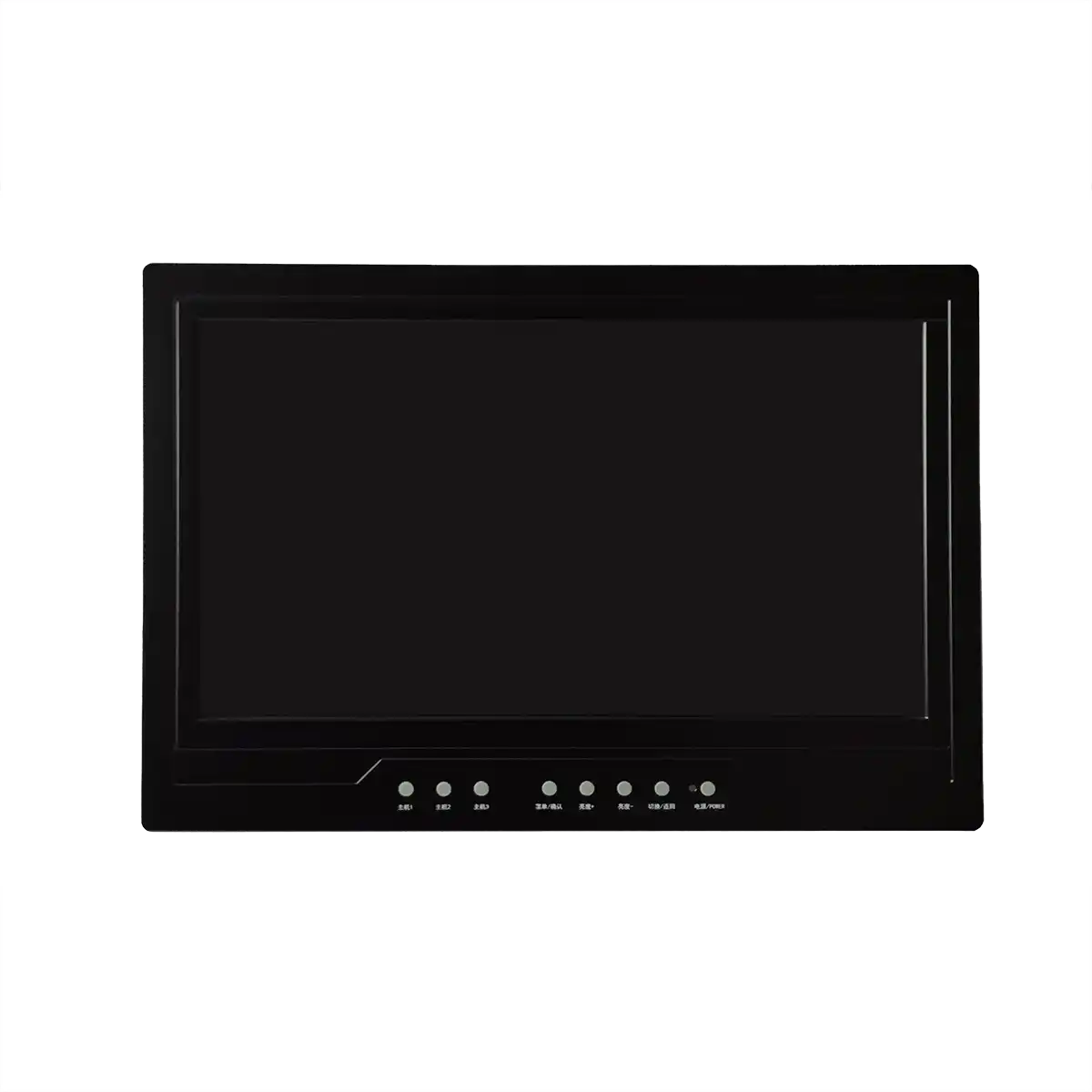Multi-Touch Capabilities of Industrial LCD Panels: A New Dimension in Interaction
Introduction
The evolution of industrial LCD screens has been marked by significant advancements in user interaction capabilities. One such advancement is the incorporation of multi-touch technology, which has revolutionized the way users engage with industrial displays. Industrial LCD screens, previously limited to single-point touch or physical buttons, now offer a more intuitive and flexible method of control through multi-touch gestures. This article delves into the intricacies of multi-touch capabilities in industrial LCD panels, exploring their functionality, benefits, and the underlying technology that facilitates this new dimension in human-machine interaction.

Body
Understanding Multi-Touch Technology
Multi-touch technology, also known as multi-touch sensing, allows for the recognition of multiple points of contact on a screen simultaneously. This is achieved through various methods, including capacitive, resistive, and optical sensing. In the context of industrial LCD screens, capacitive touch is the most common due to its high sensitivity, durability, and the ability to detect multiple touch points with precision.
Implementation in Industrial LCD Panels
The integration of multi-touch capabilities in industrial LCD panels involves several key components:
1. Touch Controller: A dedicated chip that processes the touch inputs and communicates with the display's main controller.
2. Sensor Array: A grid of sensors that detects the electrical changes caused by a touch.
3. Gesture Recognition: Software that interprets the touch inputs as specific commands or actions.
These components work in tandem to enable users to perform complex gestures, such as pinch-to-zoom, multi-finger swipes, and rotations, which can be used for various industrial applications, including equipment control, data navigation, and process monitoring.
Benefits of Multi-Touch in Industrial Settings
The adoption of multi-touch technology in industrial LCD panels offers numerous benefits:
1. Enhanced Usability: Multi-touch allows for more natural and intuitive interactions, reducing the learning curve for operators.
2. Improved Efficiency: The ability to perform multiple actions with a single gesture can significantly speed up task execution.
3. Reduced Errors: By providing visual feedback for touch inputs, multi-touch screens minimize the potential for user errors.
4. Adaptability: Multi-touch screens can be adapted to various industrial environments, accommodating the use of gloves or in wet conditions.
Challenges and Considerations
While multi-touch technology brings many advantages, there are also challenges to consider:
1. Durability: Industrial environments can be harsh, and multi-touch screens must be designed to withstand physical stress and environmental factors.
2. Glove Compatibility: Ensuring that multi-touch screens can be used effectively with industrial gloves is crucial for certain applications.
3. Calibration: The need for regular calibration to maintain accuracy, especially in environments with high levels of vibration or temperature fluctuations.
Conclusion
The integration of multi-touch capabilities in industrial LCD panels represents a significant leap forward in the field of human-machine interaction. It offers a more intuitive, efficient, and adaptable means of control that can enhance the overall user experience in industrial settings. As technology continues to advance, the potential applications and benefits of multi-touch in industrial environments will only expand, leading to smarter, more responsive, and safer industrial systems.
Expansion
Looking to the future, the integration of multi-touch technology with other emerging technologies such as artificial intelligence (AI) and machine learning (ML) could lead to even more sophisticated interaction models. For instance, predictive touch could allow industrial systems to anticipate user actions based on learned patterns, streamlining operations further.
Additionally, the development of flexible and curved multi-touch screens could change the design of industrial control panels, allowing for more ergonomic and space-efficient layouts. The potential for integrating haptic feedback into multi-touch screens could also provide tactile responses to touch inputs, enhancing the sensory experience for operators.
As industrial environments become increasingly automated and interconnected through the Internet of Things (IoT), the role of multi-touch LCD panels in facilitating seamless interactions with smart machines and systems will become even more critical. The continued evolution of this technology will undoubtedly play a pivotal role in shaping the future of industrial automation and control.
Recommended Articles
-
Hangzhou LEEHON Technology supplies BOE GT080X0M-N12: High quality 7-inch TFT-LCD module solution
2024-09-14 -
How to Check for Issues in Industrial LCD Panels
2024-09-11 -
How does an LCD screen find individual pixels?
2024-09-11 -
What is the difference between eDP and LVDS?
2024-09-11 -
In-depth analysis of the development of automotive display technology
2024-09-10

